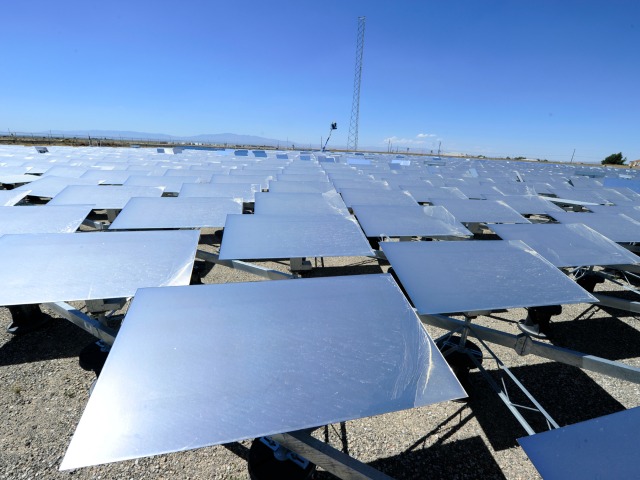A major investor has withdrawn from funding the world’s largest solar farms near Silicon Valley after the Panoche Valley Solar project cleared major barriers to begin development.
According to the San Jose Mercury News, Southern California Edison agreed to purchase electricity from the proposed San Benito County solar farm by acquiring key “power purchase agreements.” These contracts guarantee the company customers and provides consistent revenue for their investors. John Pimentel, president of PV2 Energy, a San Francisco firm developing the project, contends it is a “major milestone” for the success of Panoche Valley Solar. “It allows us to now move forward with our plan to begin construction early next year.”
However, two key obstacles are in the path of the $600 million solar development. First, Duke Energy, the North Carolina utility company decided to rein in funding of the project and withdraw as a major investor. According to the News, just last year, Panoche Valley Solar LLC listed its legal address as Duke’s headquarters address in Charlotte.
Duke Energy official Tom Williams didn’t give any reasons for their diminished interest in the project, but simply stated, “We buy and sell assets all the time. It’s not at all unusual.”
Secondly, environmentalists are voicing strong protest against granting endangered species permits to the massive solar project. The News points out that for the last five years, wildlife environmentalists have argued that the Panoche Valley Solar project will undermine the rural beauty of the area and harm endangered species such as the San Joaquin kit fox and the blunt-nosed leopard lizard.
Yet, Pimentel refutes that argument explaining that Panoche Valley Solar has options to purchase 24,176 acres of surrounding ranchland which they will leave open for wildlife to flourish. PVS plans on using 1 million photovoltaic panels and will cover 1,629 acres.

COMMENTS
Please let us know if you're having issues with commenting.